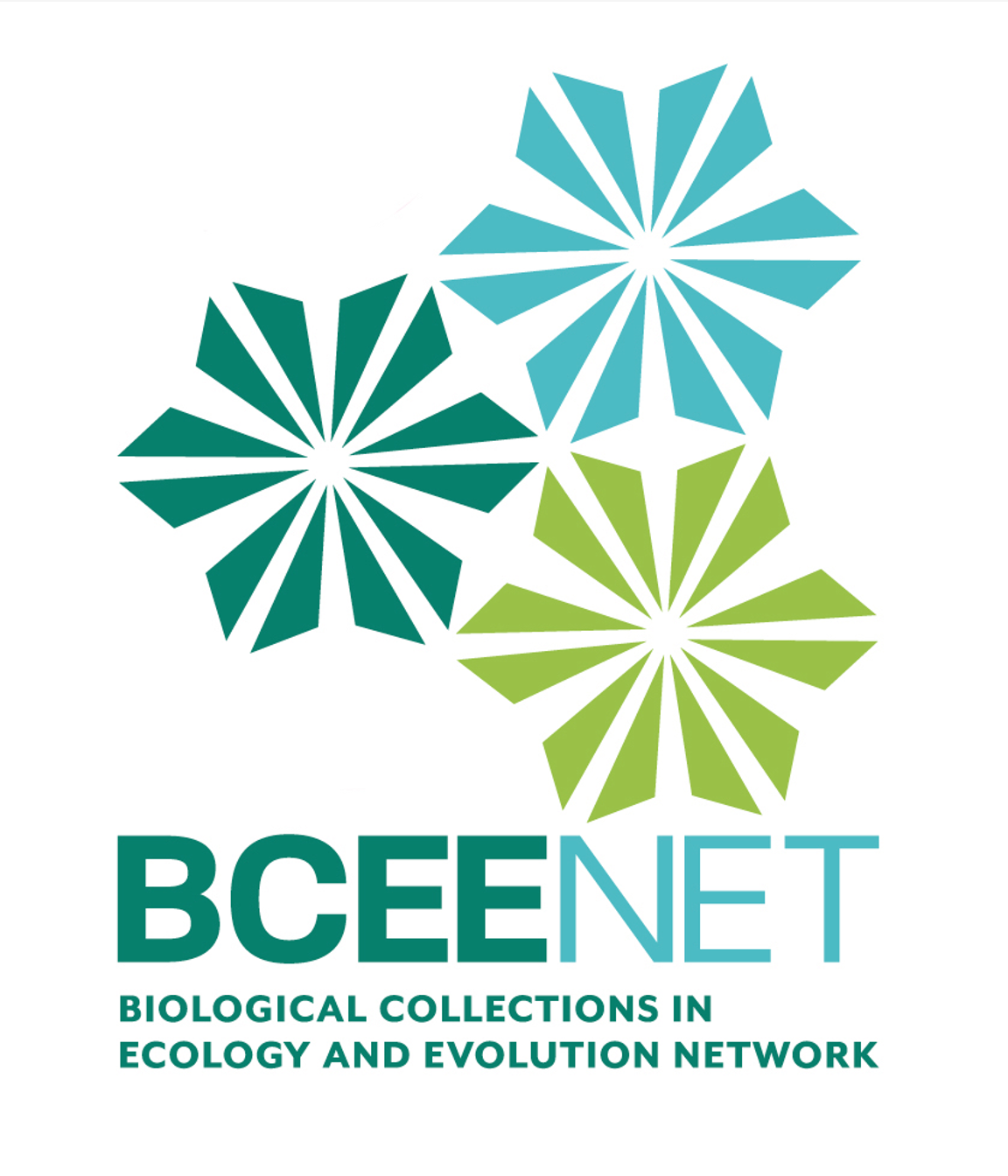Putting specimens on the map: An introduction to georeferencing
Author(s): Elissa Sorojsrisom1, Matthew Johnson2
1. Columbia University 2. Texas Tech University
1662 total view(s), 1430 download(s)
Georeferencing_InstructorNotes.pdf(PDF | 213 KB)
Georeferencing_StudentHandout.pdf(PDF | 1 MB)
GEOLocate_Assignment_AnswerKey.xlsx (Instructors only)(XLSX | 18 KB)
GEOLocate_Assignment_Spreadsheet.xlsx(XLSX | 14 KB)
Georeferencing_Slides.pptx(PPTX | 41 MB)
Georeferencing_StudentHandout.docx(DOCX | 28 MB)
Georeferencing_Tutorial_DownloadableVideo.zip(ZIP | 154 MB)
- Georeferencing Tutorial - YouTube
- License terms
Description
Abstract: Georeferencing generally refers to the process of assigning geographic coordinates to an image. In the context of museum specimens, it means assigning a location to the specimen that corresponds to where the specimen was collected. In this activity, students will learn about latitude/longitude and mapping through background reading. Through a written tutorial, optional guided lecture, and a tutorial video, they will then learn the process of georeferencing with the online tool GEOLocate according to a similar protocol used by the Yale Peabody Museum of Natural History. Finally, students will complete a practice assignment designed to develop their georeferencing skills and get them thinking about the advantages and drawbacks of museum specimen data.
This activity can be used as a standalone resource or as part of the implementation of a BCEENET CURE.
Learning Objectives:
- Interpret verbatim locality data and transform it into GPS coordinates
- Gather data using GEOLocate and other online mapping resources (e.g., Google maps)
- Discuss uncertainty in locality data as it relates to accuracy and precision in data collection
- Identify common issues in georeferencing
- Implement a georeferencing protocol used by natural history collections
Logistics:
Intended Audience: Undergraduate, all levels. Suitable for in-person, hybrid, or online courses in biology or environmental science.
Learning Time: Flexible, 2-3 hours
Required Resources: Access to computers and internet
Cite this work
Researchers should cite this work as follows:
- Sorojsrisom, E., Johnson, M. (2022). Putting specimens on the map: An introduction to georeferencing. BCEENET- Biological Collections in Ecology & Evolution Network, QUBES Educational Resources. doi:10.25334/CBTJ-PV50
